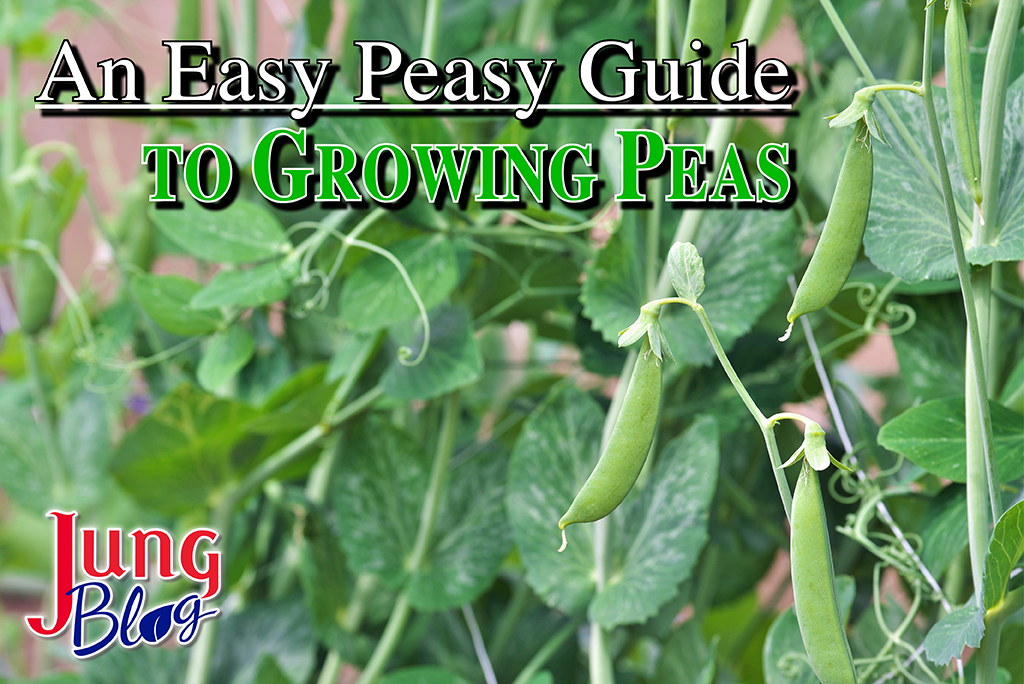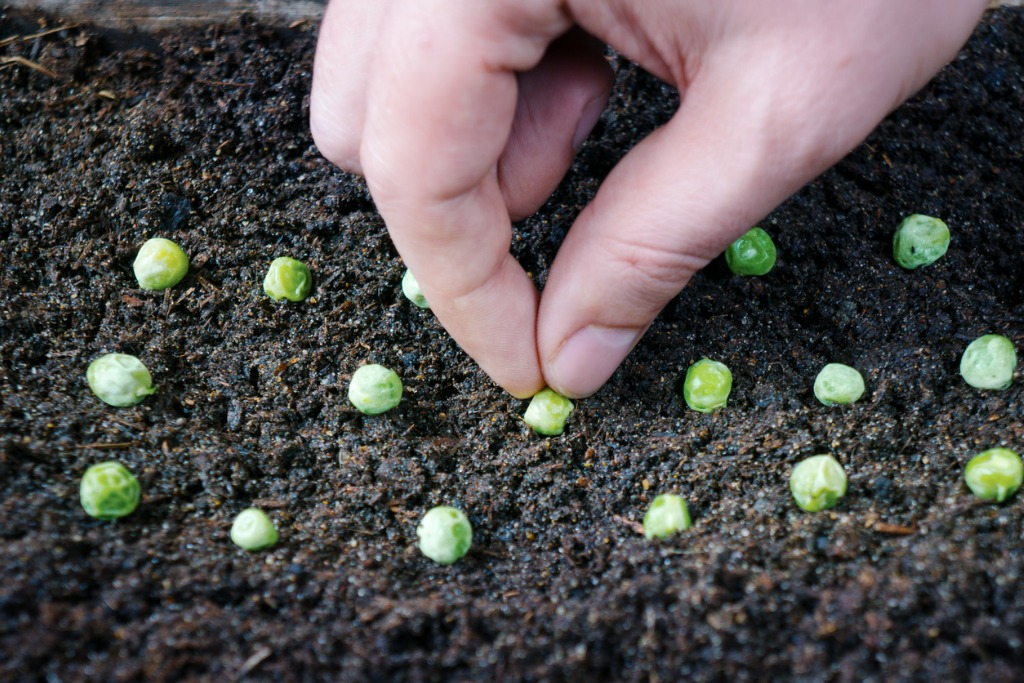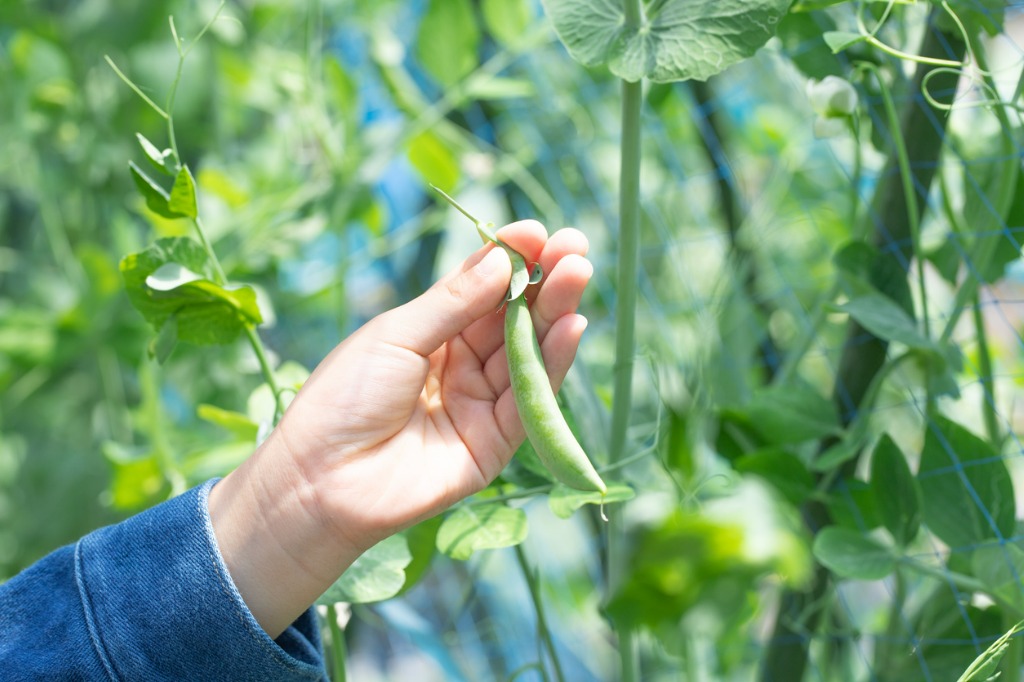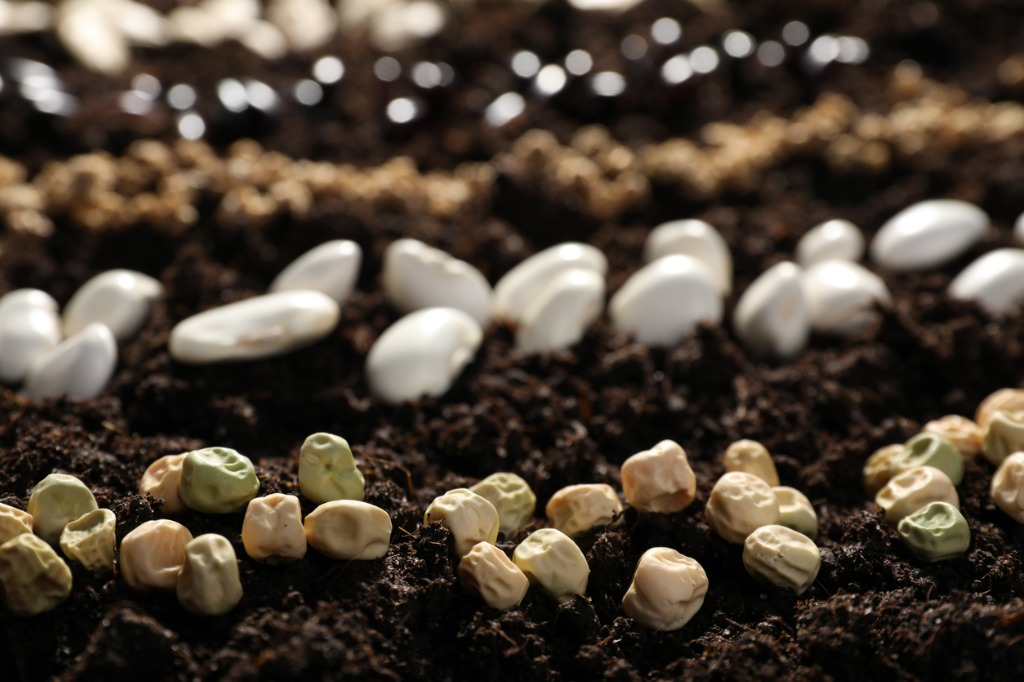
St. Patrick’s Day is a celebration of Irish culture and heritage. One of the most popular ways to do this is by planting peas, a crop that is closely associated with the holiday.
Peas are nutritious and delicious vegetables that are easy to grow in a home garden. They are a cool-weather crop that can be planted as early as mid-March, making St. Patrick’s Day the perfect time to get started.

St. Patrick’s Day Pea Planting
The tradition of planting peas on St. Patrick’s Day has existed for centuries in Ireland. It is said that St. Patrick himself encouraged the planting of peas as a way to feed the population during times of famine. He believed that peas were an important source of protein and nutrition, and encouraged farmers to plant them as a staple crop.
There is also a myth that says if you plant peas on St. Patrick’s Day, they will grow quickly and abundantly. This may be due to the fact that St. Patrick’s Day falls around the time of the spring equinox when the days start to get longer and the weather begins to warm up. This is the perfect time for planting peas, as they prefer cool weather and can be sensitive to heat.

Pea Varieties
To get started with your own pea garden, you’ll need to choose the right type of pea for your climate and soil. There are many different types of peas, including shelling peas, snow peas, and sugar snap peas. Choose a variety that is well-suited to your growing conditions and personal preferences.
Shelling Peas
Garden peas (Pisum sativum), also called shell peas, are the standard type of peas. They are used fresh or cooked after being removed from their pods.
Snap Peas
There are also pea varieties with fiberless, edible pods (var. macrocarpon) that can be eaten without the need for shelling. Snap peas are shaped like garden peas but have tender pods that can be used like snap beans.
Snow Peas
Snow peas are flat-podded and harvested when the peas are small.

Easy Pea Planting Tips
When To Plant Peas
Peas are an easy-to-grow cool season legume crop best planted early in the season. Several sowings can be made starting in early spring, to extend the harvest season. In addition, plantings can be made in late summer for fall harvest. Peas for fall harvest are generally planted 8 to 10 weeks before the first fall frost.
Treated Pea Seeds
For best results, always treat pea seeds with a microbial inoculant before planting. This ensures that beneficial nitrogen-fixing mycorrhizae will take up residence in the pea plant roots, where they capture nitrogen from the atmosphere and transform it into a form usable by plants. Treated peas will grow more vigorously than untreated seeds and need little to no nitrogen fertilization.
Preparing The Soil
Before planting your peas, you’ll need to prepare the soil by adding compost or other organic matter to help retain moisture and provide nutrients for your plants. Peas prefer well-draining soil, so make sure to avoid areas that are prone to flooding or standing water.
Planting Peas
Peas are sown directly in the garden starting as soon as the soil is able to be worked in spring. Peas are often sown in double rows spaced 3 to 6 inches apart, with 24 to 30 inches between pairs of rows. Planting shallowly is recommended early in the season when soils are cool and wet. Cover the seeds with soil and water gently.
Pea Support Structures
Peas are available in several different types of growth habits and pod types.
- Dwarf vining peas generally can be grown without the need for support. They typically grow just 12 to 18 inches tall.
- Short-vining peas are a bit taller than dwarf types, growing about 20 to 30 inches tall. They can be grown with or without support. Pea brush, short lengths of pruned tree branches stuck into the ground in a pea planting, is a traditional method for supporting short vining varieties of peas, though a trellis can also be used.
- Vining varieties are climbers and should be grown on a tall trellis or other structure to support them. All types of peas have grasping tendrils so they are self-climbing.
- Afila-type peas have extra tendrils and no leaves, making the peas very easy to see while harvesting. Their extra tendrils also make afila varieties strongly self-supporting so they can be grown without support.
Watering Your Pea Plants
As your peas begin to grow, make sure to keep the soil moist but not waterlogged. Peas require regular watering, especially during dry spells.
Mulch & Weeds
You may also want to consider adding mulch around the base of your plants to help retain moisture and prevent weeds from growing.
Fertilizing Pea Plants
As long as your peas were planted in properly amended soil and you used fresh inoculant, you should not have to fertilize your pea plants. But, if they start to show signs of deficiency, use a complete fertilizer that has a low nitrogen percentage such as Neptune’s Harvest Fish & Seaweed Organic Fertilizer 2-3-1.
Pest & Disease Control
Peas are usually not seriously troubled by pests, but aphids can occasionally feed on plants. Use 70% Neem Oil or Safer Insecticidal Soap to treat insect pests.
Powdery mildew is a fungal disease of peas that is most common when peas are grown during warm weather. Growing resistant varieties will reduce problems with this disease. A natural, non-toxic fungicide like Bonide® Revitalize® can also be a preventative spray to protect peas from powder mildew. Watering early in the day and avoiding getting the leaves wet will also help to reduce powdery mildew problems.
Harvesting Peas
Most pea varieties are ready to harvest about 60-70 days after planting. Harvest the peas when they are firm and plump, but before they become too mature and tough.

Planting peas on St. Patrick’s Day is a long-standing tradition in Ireland that has been passed down through generations. Whether you believe in the myth of fast-growing peas or not, there’s no denying that planting peas are a great way to honor the holiday and connect with Irish culture. So grab your gardening gloves and get planting!
Other Recommended Reading

- Growing Perfect Peas
- Spring Gardening: March Garden Checklist Zones 3-6
- 6 Tips For Perfect Plant Pairings
- Bee Kind Gardening – A Guide To Plant & Pollinator Balance
- A Gardener’s Guide To Plant Nutrition
- Grow A Vertical Vegetable Garden
At Jung Seed Co, we strive to be your go-to guide for all your gardening needs. Our YouTube channel Jung Garden Center now includes our new video series All Things Green where our experts provide gardening tips for all levels of gardeners. When you need reliable gardening advice, turn to the trusted experts at Jung.
View our new catalog online or browse our website for your gardening favorites. To receive info on new products, exclusive deals, and specials, be sure to sign up for our weekly email. Join our Facebook page, to discuss all things gardening!